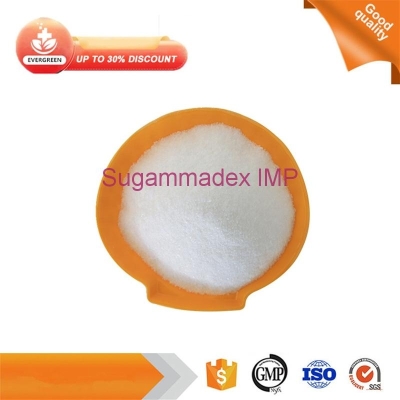-
Categories
-
Pharmaceutical Intermediates
-
Active Pharmaceutical Ingredients
-
Food Additives
- Industrial Coatings
- Agrochemicals
- Dyes and Pigments
- Surfactant
- Flavors and Fragrances
- Chemical Reagents
- Catalyst and Auxiliary
- Natural Products
- Inorganic Chemistry
-
Organic Chemistry
-
Biochemical Engineering
- Analytical Chemistry
- Cosmetic Ingredient
-
Pharmaceutical Intermediates
Promotion
ECHEMI Mall
Wholesale
Weekly Price
Exhibition
News
-
Trade Service
Parkinson's disease (PD) is the second most prevalent neurodegenerative disease after Alzheimer's disease, affecting 1% of the population over the age of 60 and contributing significantly to increased public health costs
.
Although metabolic disorders in Parkinson's disease have been investigated over the years, their pathogenesis, disease progression, and efficacy of drug therapy on disease evolution still require further exploration
Parkinson's disease (PD) is the second most prevalent neurodegenerative disease after Alzheimer's disease, affecting 1% of the population over the age of 60 and contributing significantly to increased public health costs
Currently, routine analytical tests do not provide enough information to identify reliable blood biomarkers to detect early symptoms of PD, monitor disease progression, and detect the effects of therapeutic interventions
Figure 1 Title map of the paper
Figure 1 Title map of the paperMetabolomics has become a powerful tool to characterize the biochemical characteristics of the pathogenesis of different diseases and provides useful applications in the biomedical field
.
Nuclear magnetic resonance (NMR) is one of the most commonly used analytical techniques in metabolomic investigations, and in the context of molecular medicine, it has been shown to be effective in characterizing the metabolic composition of different biological samples
Metabolomics has become a powerful tool to characterize the biochemical characteristics of the pathogenesis of different diseases and provides useful applications in the biomedical field
To date, few metabolomic studies have focused on new drug-free PD patients (dn2PD)
From this, Gaia Meoni et al.
Figure 2 Metabolite change results
Figure 2 Metabolite change results
To this end, they included 307 subjects, including dn2PD (n = 228) and healthy controls (CTR, n = 79), split across two large independent training and validation cohorts
.
What is special about this collection is that there are many dn2PD patients to explore the pathological serum biochemistry independent of the effect of antidopaminergic therapy
To this end, they included 307 subjects, including dn2PD (n = 228) and healthy controls (CTR, n = 79), split across two large independent training and validation cohorts
Additionally, a cohort of 22 advanced PD patients receiving dopaminergic therapy (AdvPD) was included to examine and test for serovar changes in disease progression
They used multivariate and univariate methods to infer the characteristics of metabolite and lipoprotein profiles in newly diagnosed PD patients who did not respond to new drugs, and were also related to the biological sex of the study subjects, demonstrating that the pathological indicators were more pronounced in male patients
Additionally, the presence of a validation cohort allowed them to confirm alterations in acetone and cholesterol levels in male PD patients
Source:
Meoni G, Tenori L, Schade S, et al.
Metabolite and lipoprotein profiles reveal sex-related oxidative stress imbalance in de novo drug-naive Parkinson's disease patients.
npj Parkinsons Dis.
2022;8(1):14.
doi :10.
1038/s41531-021-00274-8Source:
Meoni G, Tenori L, Schade S, et al.
Metabolite and lipoprotein profiles reveal sex-related oxidative stress imbalance in de novo drug-naive Parkinson's disease patients.
npj Parkinsons Dis.
2022;8(1):14.
doi :10.
1038/s41531-021-00274-8Leave a message here







